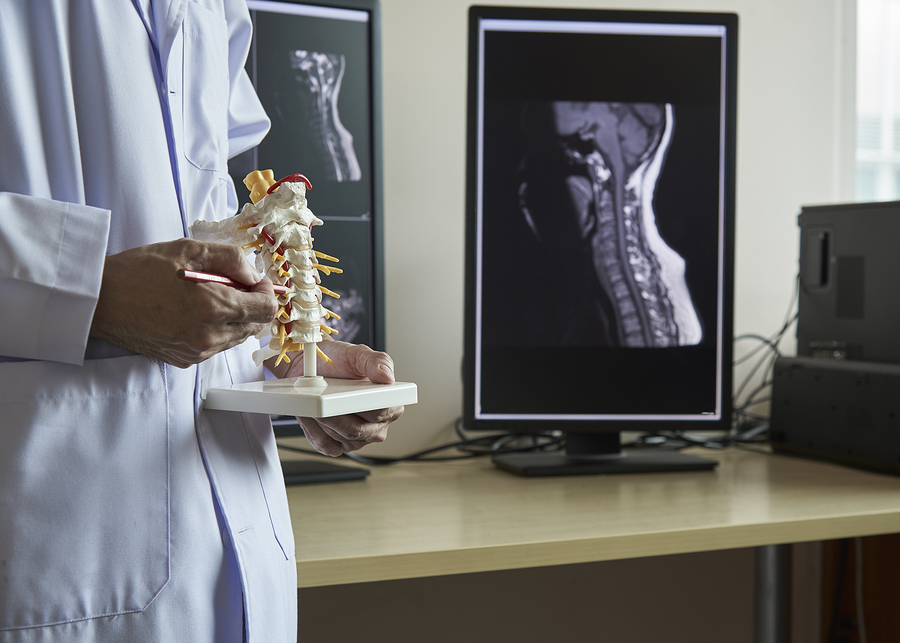Posts by adminjosh
Sarcopenia is the Loss of Muscle Mass and It Affects Everyone

Sarcopenia from a chiropractor’s perspective
Sarcopenia is doubly scary from a chiropractor’s perspective; you have to remember that your spine is also weakening with age. Most people can’t afford to lose muscle mass in the core stabilizing muscles that support the lower back. With a weakened support system, embattled intervertebral discs will often give in to herniation; vertebral bodies will impinge on spinal nerves; the end result can leave you hunched over with back pain in your old age. Let’s all take a moment to agree that this is not how we want to end up.
Chiropractic helps you keep the upper hand on sarcopenia
While the condition may be inevitable, you don’t have to accept the symptoms lying down. Our natural modalities ensure that your spine remains in alignment despite the weakening that is occurring all around it. Chiropractic adjustment has the double-positive effect of improving both circulation and range of motion, allowing you to pursue exercise without fear of injury. This is the single most important way to fight back against sarcopenia: keep yourself moving. We can also show you how to strengthen and stretch the muscles that matter for maintaining core stability, allowing you to remain upright as you approach old age. If you are interested in using our services to fight back against sarcopenia, give our office in Houston a call to schedule an appointment today.
Super Bowl Stretches to Undo Sofa-Related Back Pain
Arthrogenic Inhibition: A Chiropractic Approach to Healing

Addressing arthrogenic muscle inhibition
This is a neuromuscular condition in which the joint provides the brain with information by way of sensory nerves and the spinal cord. As the inputs from the joint are changed because of injury, the change in activity of signalling between joint and brain cause inhibition in the muscles. Therefore, the main problem with arthrogenic muscle inhibition is its subsequent effect on range of movement. Because the muscles cannot activate fully, a common result is muscle wasting and inequality in strength between the two joints.
At Barton Chiropractic Clinic, we focus on mitigating the symptoms of arthrogenic muscle inhibition by improving joint mobility through targeted adjustments. We focus on improving neurological function between muscle and brain to allow for the proper activation and sustained contraction of muscles surround the joint, allowing strength to be retained and rehabilitation to go faster. If you are interested in finding out more about how we can contribute to the rehabilitation of your joint injury, give our office a call to schedule an appointment today.
Chiropractic Treatments Improve Heart Health
Spotlight on Hand Health: Simple Tips for Profound Pain Relief

Natural pain relief for your hands
Whenever your hands or fingers start to feel stiff, pay attention to them! Ignoring pain and stiffness signals is the worst thing you can do because it allows the problem to compound. Here are some simple stretches for your fingers, to be performed whenever you feel like it:
- Finger taps: hold your hand open with fingers straight. Take turns tapping each finger down to the thumb.
- Wrist stretch: use one hand to pull the fingers of the other hand back until you feel a gentle stretch in the wrist area.
- Open and close fingers: start with your hand open and fingers straight but touching. Then spread your fingers out so that they are as far apart as is comfortable. Return and repeat.
- Fist/release: simply alternate between a fist and open hand slowly.
Hand health in Homewood
Life is difficult with unhealthy hands. The pain of arthritis and carpal tunnel syndrome may not be totally avoidable but there are steps you can take to mitigate the severity of these serious conditions. At Greenway Plaza Chiropractic, we are Houston’s hand health resource and we want to help your hands feel better today. Give our office a call to schedule an appointment and find out how we can help.
Our All-Star Stretch of the Week: Downward-facing Dog

The benefits of downward dog, from a back pain perspective
- Provides an even stretch for the spine
- Stretches the hamstrings, hips and shoulders, releasing tension that accumulates from sitting a lot
- Strengthens arms and legs
- Energizes body and brain
- Improves digestion
For women, downward-facing dog can be used to ease menstrual discomfort and certain symptoms of menopause. The point is, this stretch is a holistic body tonic that can be used to keep chronic back pain at bay. The only contraindications are for pregnant women, people with high blood pressure and headaches, as the pose can exacerbate these symptoms. Come see us at our office where we can show you a whole host of movements that will make your spine sing your praises.
Reducing Systemic Inflammation with Chiropractic
Staying Active During Your Pregnancy
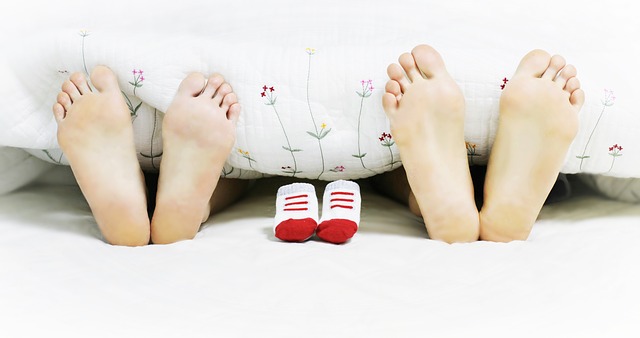
Easy activities to compliment your pregnancy
Let’s start with some basic guidelines: always choose low-impact exercise. Start by trying for 15 minutes of continuous activity 3 times a week and work your way up to 30 minutes. Aerobic activity is best, and group activity is even better- don’t be afraid to join a pregnancy-specific group at your local gym; it is a great way to make friends and keep you accountable for staying fit.
As you move on towards the third trimester, you will naturally slow down, but you still need to stay active in small ways. Walk whenever possible, always carry your shopping bags and choose the stairs over an elevator! Think small and you will make a big difference in the way your body and mind interpret and fight back against the discomforts of pregnancy. If you need additional help with the back pain of pregnancy, give our office in Homewood, IL a call to schedule an appointment today. We are Homewood’s pregnancy chiropractic specialists, and can help you lose the pain at any stage of pregnancy. We look forward to hearing from you!
Post-Exercise Pain: When Do You Cross the Line
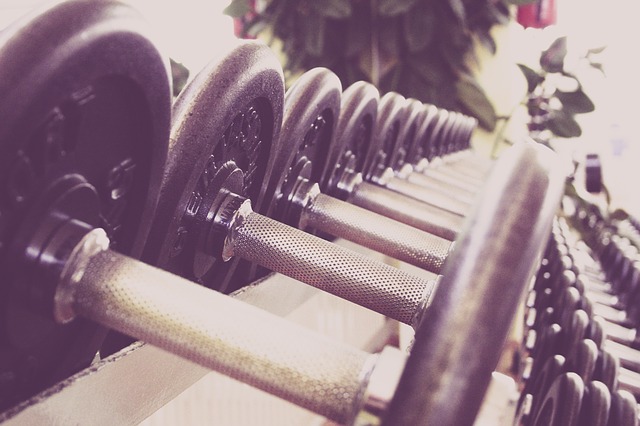
When to ask the question: have I overdone it?
Here are sure signs that your DOMS is abnormal. If this is the case, make sure not to seek out more exercise that will compound the problem. Instead, take time off from rigorous exercise, instead seeking gentler forms of exercise like stretching. With time and a good diet, you may be able to recover without the help of a professional. However, if the pain and discomfort do not wear off, you may need to seek help. here are some signs:
- Persistent pain: pain should subside within 3 days. Any longer than this and you could be looking at a damaged muscle.
- Growing pain: muscle pain should peak in the period following exercise and then decline. If the severity of the pain is growing, it is a sign of muscle damage.
- Bilateral pain: pain that is pronounced on one side as opposed to the other can be a sign of muscle damage.
- Weakness, numbness, or tingling indicates nerve damage.
Don’t despair! If you fear you have caused yourself untold muscle damage, make sure to check in at your Houston chiropractor. Our comprehensive diagnosis lets us determine the source and extent of the pain and set a course for a natural treatment that will have you back on the playing field in a quick and healthy manner. If you are interested in finding out more, give our office a call to schedule an appointment today.
Posture is Life: Influencing Longevity through Postural Correction
The Posture Connection
Posture has become one of the most overlooked aspects of good health and longevity. Research has shown a clear and direct connection between poor posture and diminished quality and longevity of human life. Spinal pain, headache, mood, blood pressure, pulse and lung capacity are among the functions most easily influenced by posture.
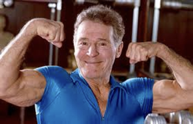
“You are only as young as your spine.”
-Jack LaLanne, DC
As the head moves forward all measures of health status are significantly reduced.
Rene Cailliet, Director of the Department of Physical Medicine and Rehabilitation, University of Southern California, concluded that forward head posture can add up to thirty pounds of abnormal leverage on the spine, and can reduce lung capacity by as much as 30%, which can lead to heart and blood vascular disease. He determined a relationship between forward head posture and the digestive system, as well as endorphin production affecting pain and the experience of pain.
According to Kapandji, Physiology of the Joints, Volume III: For every inch that the head moves forward in posture, it increases the weight of the head on the neck by 10 pounds. For example, a forward posture of 3 inches increases the weight of the head on the neck by 30 pounds and the pressure put on the muscles increases 6 times.
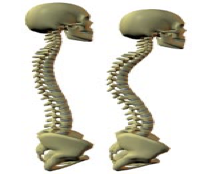
The British Regional Heart Study
As a part of the British Regional Heart Study, scientists found that men who lost 3cm in height were 64% more likely to die of a heart attack than those who lost less than 1cm and that over the 20-year period of the study, men lost an average of 1.67cm. That height loss was associated with a 42% increased risk of heart attacks, even in men who had no history of cardiovascular disease.

Our Posture = Our Emotional State
We can tell a lot about a person from the way they carry themselves. For instance, picture the way someone stands when they are feeling depressed: mid-back and shoulders rolled forward, head hanging, gaze focused on the ground. Not exactly the picture of health.
Yoga gurus have long said that it is impossible to be depressed with your armpits open.
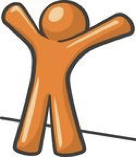
Posture and Life Expectancy
A group of scientists led by Dr. Deborah M. Kado wanted to see if there was any correlation between postural distortion and a person’s health. They started with the biggest health problem: death. They asked: “Was there any correlation between a person having a hyperkyphosis and having a decreased life expectancy?”
The Frightening Long-Term Effects
Dr. Kado reported in the Journal of the American Geriatrics Society that persons with hyperkyphosis (hunched over – head and shoulders rolled forward) were two times more likely to die from pulmonary causes. They were also 2.4 times more likely to die from cardiovascular disease than those without poor posture
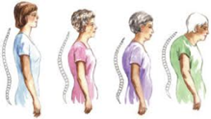
Too Much Sitting Can Shorten Your Life
According to a study from the American Cancer Society, the amount of time you spend sitting can affect your risk of death. Prolonged periods of sitting have a negative influence on key metabolic factors like triglycerides, high-density lipoprotein, cholesterol, and a number of other biomarkers of obesity and other chronic diseases.

To live a long, active, energetic life, few things matter more than posture.

This quote by Thomas Meyers, Author of Anatomy Trains, says it all… “Movement becomes a habit, which becomes posture, which becomes structure.”

Postural Assessment is Key
Postural assessment and correction is the key in the majority of non-traumatic neck pain. It’s not uncommon to observe 2″ of anterior head placement in new patients. Would you be surprised that your neck and shoulders hurt if you had a 12 pound bowling ball hanging around your neck?





